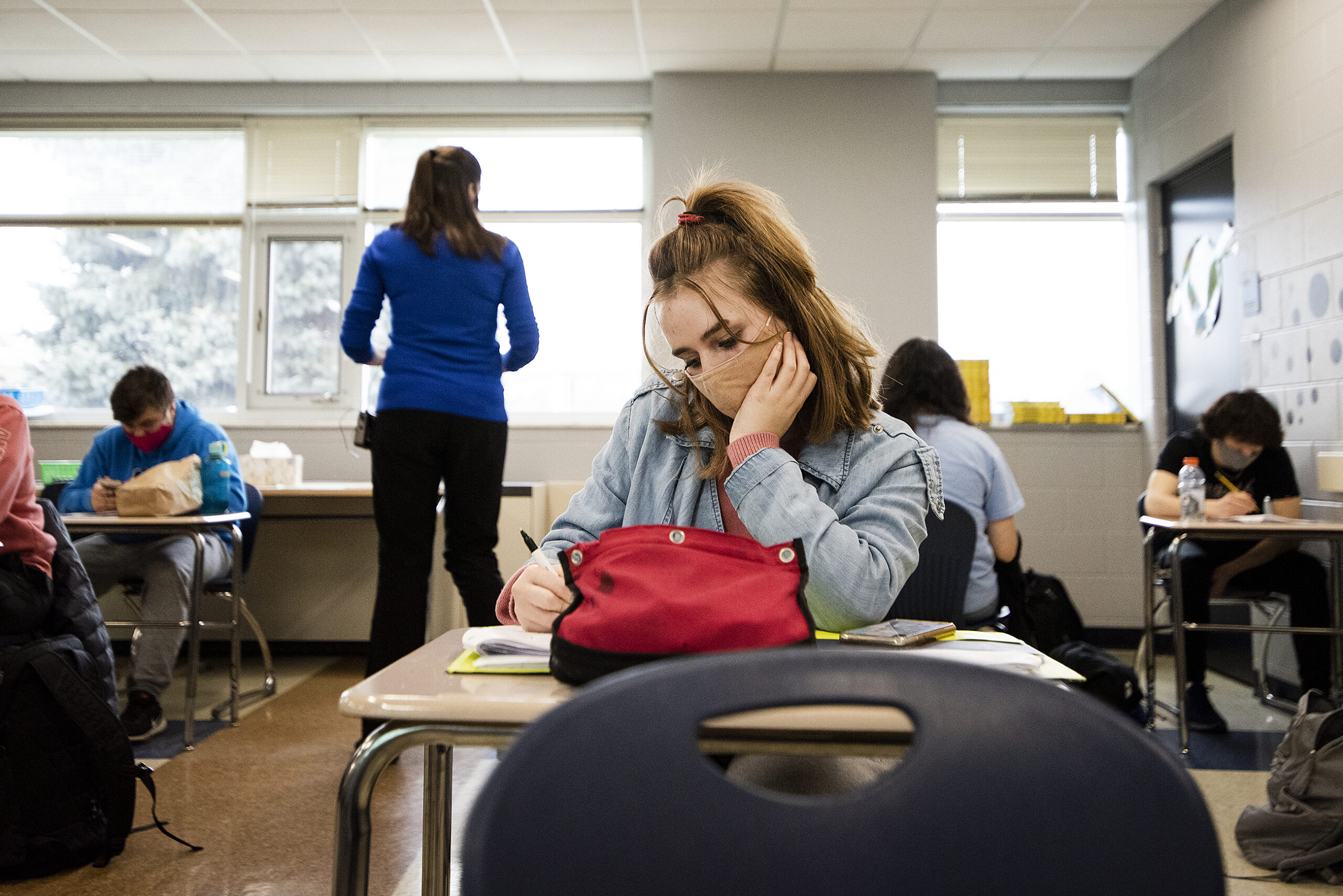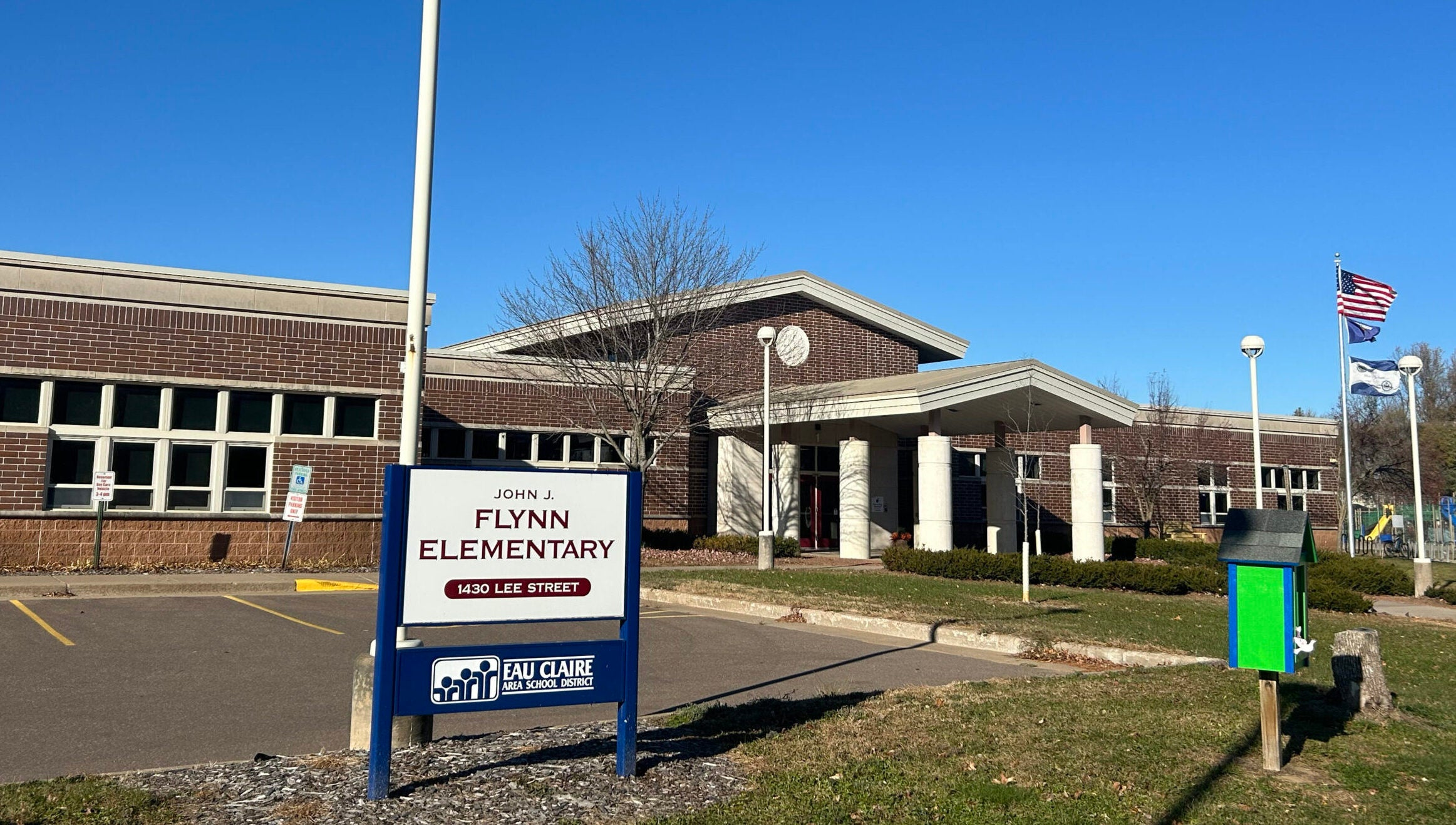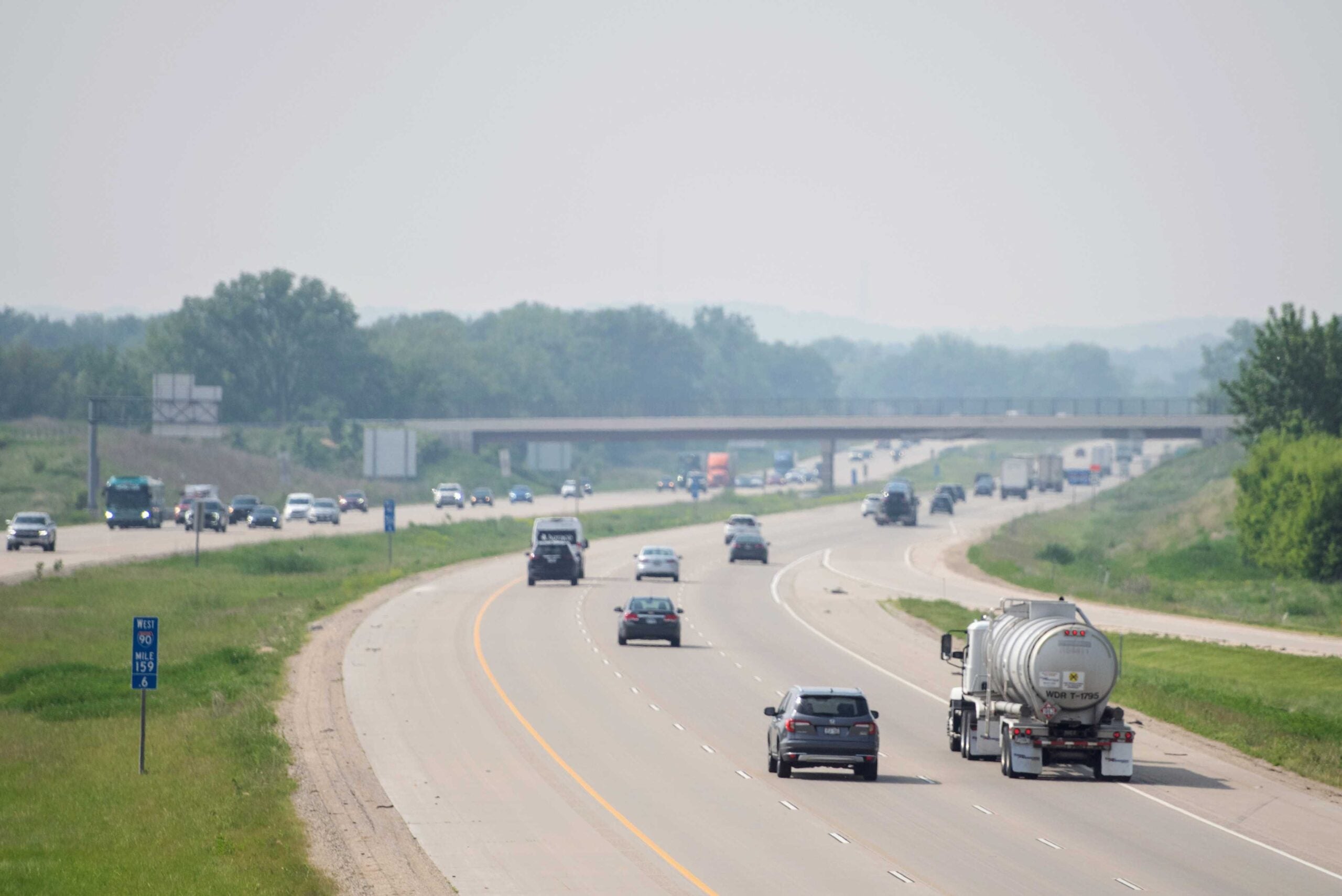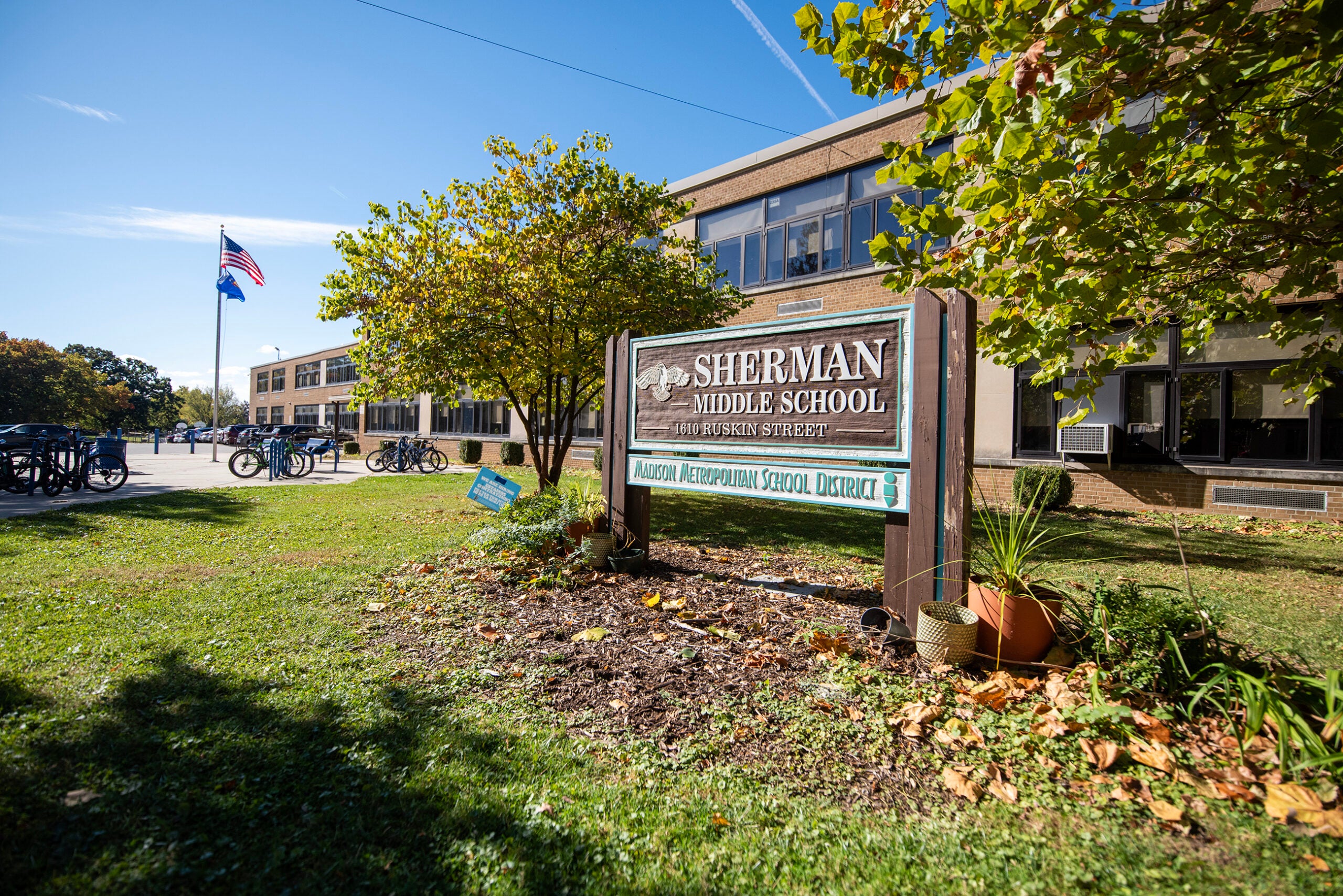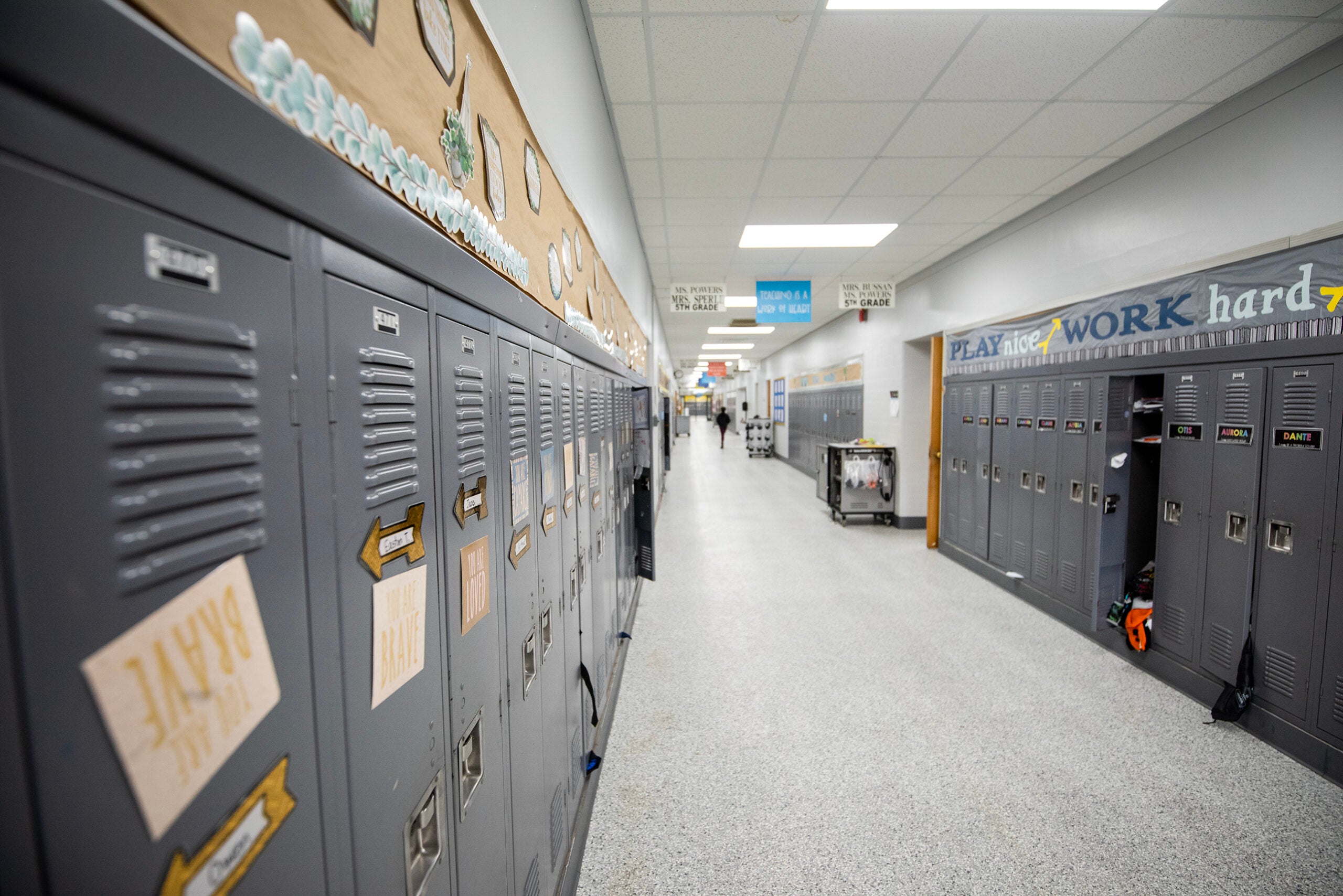Scores of voters in Wisconsin and across the country watched the politically divided state reelect Democrat Gov. Tony Evers and Republican U.S. Sen. Ron Johnson. But beyond those high-profile races, people in communities around the state were also focused on referendum results for their local school districts.
Statewide, 51 of the 81 school referenda were approved by voters, while some districts were still counting votes Wednesday afternoon, according to the state Department of Public Instruction. In all, residents in those communities were asked to approve $1.93 billion in spending on programs ranging from efforts to retain and recruit high-quality educators, to new construction projects and capital and operating budgets.
Voters in 42 districts were asked to raise revenue limits for their schools. Earlier this year, there were 50 additional referenda, bringing the total to 92 statewide in 2022.
News with a little more humanity
WPR’s “Wisconsin Today” newsletter keeps you connected to the state you love without feeling overwhelmed. No paywall. No agenda. No corporate filter.
That was the highest number of referendums on the ballot in over two decades, which was no surprise for Dan Rossmiller, director of government relations for the Wisconsin Association of School Boards.
Rossmiller pointed to the last state budget, which froze district revenue limits. Although the Legislature increased general school aid by $706 million, the revenue cap meant that money went toward lowering the property tax burden for residents rather than toward school funding.
He said state leaders also failed to increase per pupil categorical aid, another means of state-sponsored financial support for school districts.
“So schools are really having to make do with less in many cases, particularly those districts that are experiencing declining enrollment,” he said, adding that record-high inflation and staffing shortages are also adding pressures for schools.
Voters handily defeated a referendum in the School District of La Crosse, which sought the largest amount of funding statewide — nearly $195 million dollars — that would have consolidated Central and Logan High Schools and renovated existing high schools into middle schools.
Aaron Engel, superintendent for the school district, said he was happy to see strong engagement among community members but “disappointed” with the results. Nearly 70 percent of voters rejected the measure.
“I thought it would do wonders for our kids and really set us up for the next number of generations to be able to provide a world-class education for our students,” he said.
The La Crosse School District, he said, has seen a nearly 25 percent decline in student enrollment over the last 25-30 years, a fact he and experts attribute to declining birth and kindergarten enrollment rates. It’s something that, in addition to budget deficits, affects the school’s bottom line.
“As we have fewer students, we have fewer dollars to operate our schools, all of which was made much more challenging when the state legislature decided not to provide new revenue to schools for two years,” he said, adding that the district’s aging buildings also need an upgrade.
And while costs were a prohibitive factor for some, for others, it was about preserving the existing schools, he said.
“The traditions, rivalries and mascots of the past, they would have gone away as we came together under a new identity,” Engel said.
The Verona School District saw a much different outcome. Voters overwhelmingly approved an operational referendum, with 70 percent of voters supporting the plan. It asked for $19 million in recurring funds to support educational and extracurricular programs and more wiggle room in its budget.
But the most significant change is that Verona staff will get a 4.7 percent wage increase.
Chad Wiese, the deputy superintendent of Verona School District, said the pay increase will help the district retain staff. He said some teachers have left to work in other school districts or in the private sector — in part because of compensation.
“Sadly, many school districts have been put in the position of having to get good at all of the work at getting taxpayers to operate our school system. In an ideal world, this would be far less of a frequent occurrence than it currently is,” he said.
According to Rossmiller with the Wisconsin Association of School Boards, if the state continued adjusting for inflation in the 2008-09 school year, districts would have received $3,160 more per pupil this year. He said voters understand that inflation is hitting schools and that “state funding has been lagging for education.”
“This is a community-by-community decision-making process, and voters have been supportive of the schools and their communities. Now, whether that is something that is sustainable is another question,” he said.
Wisconsin Public Radio, © Copyright 2026, Board of Regents of the University of Wisconsin System and Wisconsin Educational Communications Board.
